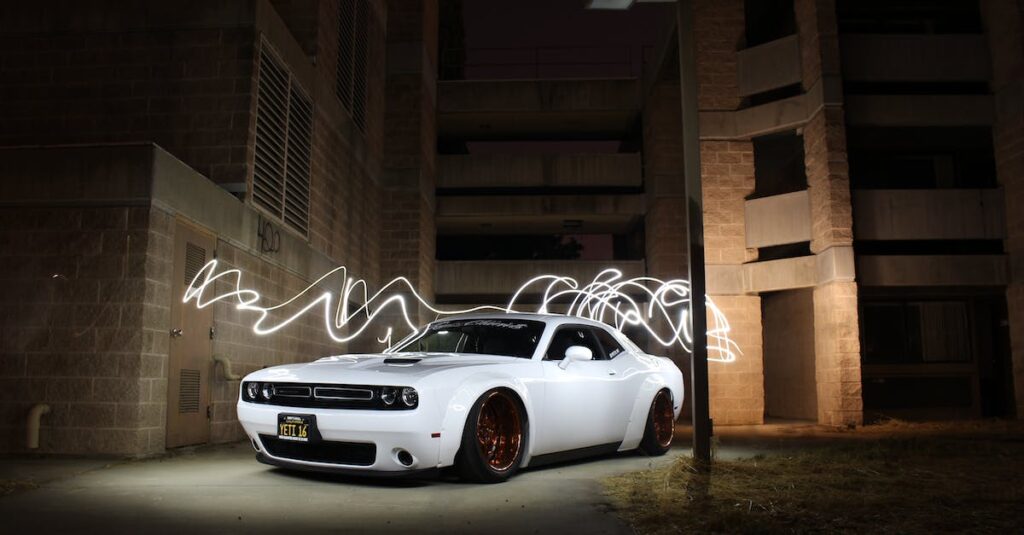The Evolution of Automotive Design
The world of automotive design is filled with countless iconic styles and concepts that have left a lasting impact on the industry. From sleek and aerodynamic shapes to bold and aggressive designs, each era has brought forth its own unique vision of automotive beauty. In this article, we will celebrate the history of automotive design and explore the evolution of these iconic styles and concepts.
The Golden Age of Automotive Design
The 1950s and 1960s are often referred to as the golden age of automotive design. The designs of this era were characterized by their extravagant and flamboyant features. Cars were larger, with sleek and curvaceous bodies. Fins became a popular design element, adding a sense of speed and aerodynamics. The Chrysler Turbine Car, Chevrolet Corvette, and Ford Mustang are just a few examples of iconic designs from this era that are still celebrated today.
The Influence of European Design
European automotive design has always had a profound influence on the global industry. In the 1960s, European car manufacturers like Porsche and Ferrari introduced a new era of sports car design. These designs emphasized performance and agility, with minimalist and aerodynamic shapes. The Porsche 911 and the Ferrari Dino are perfect examples of this European influence, showcasing the merger of form and function.
The Rise of Japanese Design
In the 1970s, Japanese car manufacturers began to establish their own unique design language. Japanese designs focused on efficiency, reliability, and affordability. The Honda Civic and Toyota Corolla became popular choices for everyday drivers, offering practicality without sacrificing style. Japanese design also introduced innovations such as hatchbacks and compact SUVs, which would later become popular worldwide.
The Modern Era of Automotive Design
As we entered the 21st century, automotive design took a more futuristic and technologically advanced approach. With the rise of electric and autonomous vehicles, designers had to consider not only aesthetics but also functionality. Sleek and minimalist designs became prevalent, emphasizing the integration of technology and sustainability. The Tesla Model S and the BMW i8 are prime examples of this modern approach, combining cutting-edge technology with sleek and futuristic designs.
Concepts That Inspire
Automotive design concepts play a crucial role in shaping the future of the industry. These concepts provide designers with the freedom to explore new ideas and push the boundaries of what is possible. Concepts like the Mercedes-Benz F 015 and the Volkswagen ID. SPACE VIZZION showcase the potential of electric and autonomous vehicles.
The Enduring Legacy of Automotive Design
Automotive design is more than just aesthetics; it is a reflection of the times we live in. Each iconic style and concept represents a unique era in history and has left a lasting impact on the industry. From the extravagant designs of the past to the sleek and sustainable designs of the present, automotive design continues to evolve and shape our world.
In conclusion, celebrating automotive design allows us to appreciate the creativity and innovation behind each iconic style and concept. From the golden age of design to the modern era, the automotive industry has continuously pushed the boundaries of what is possible. By exploring the evolution of automotive design, we gain a deeper understanding of its significance and influence on the world.







